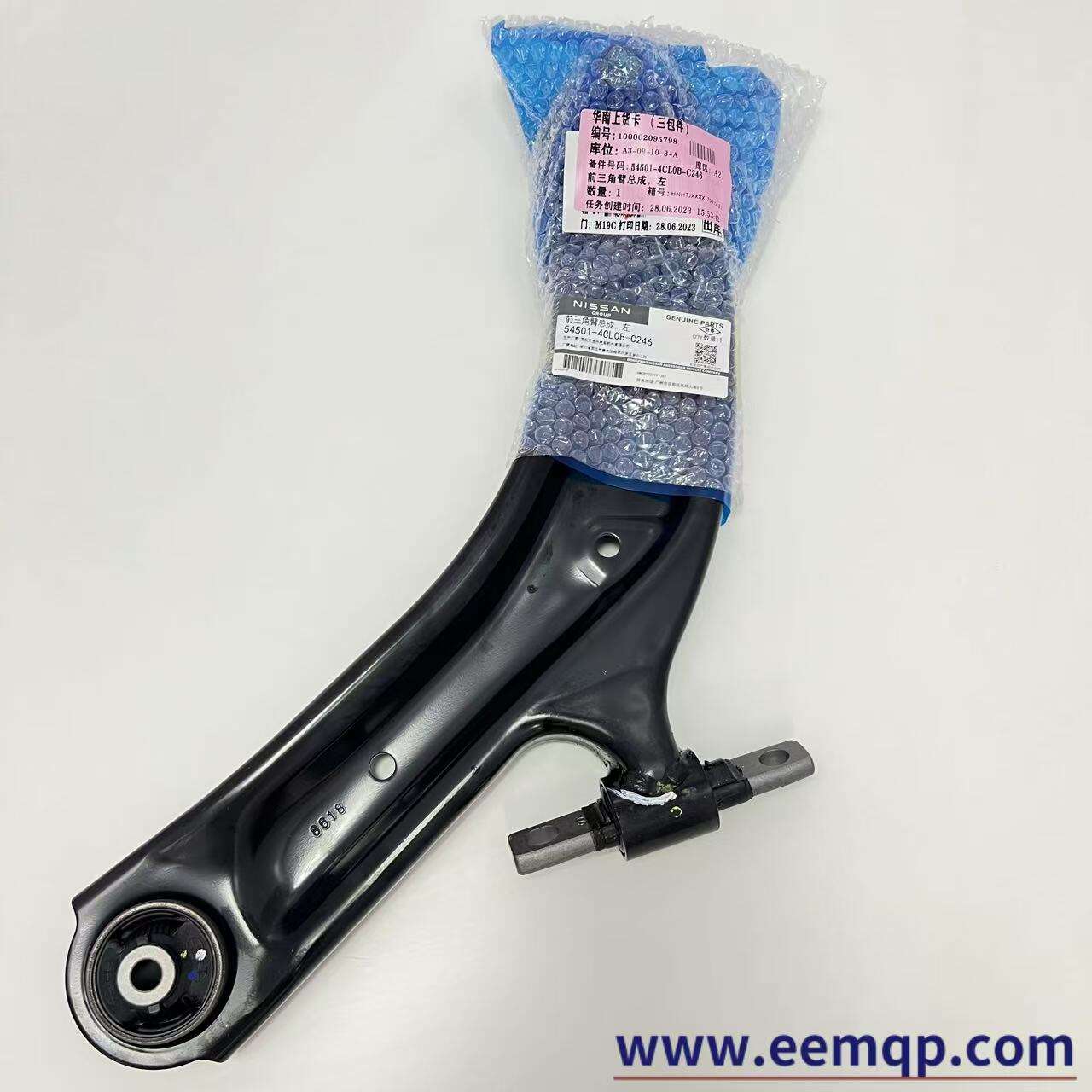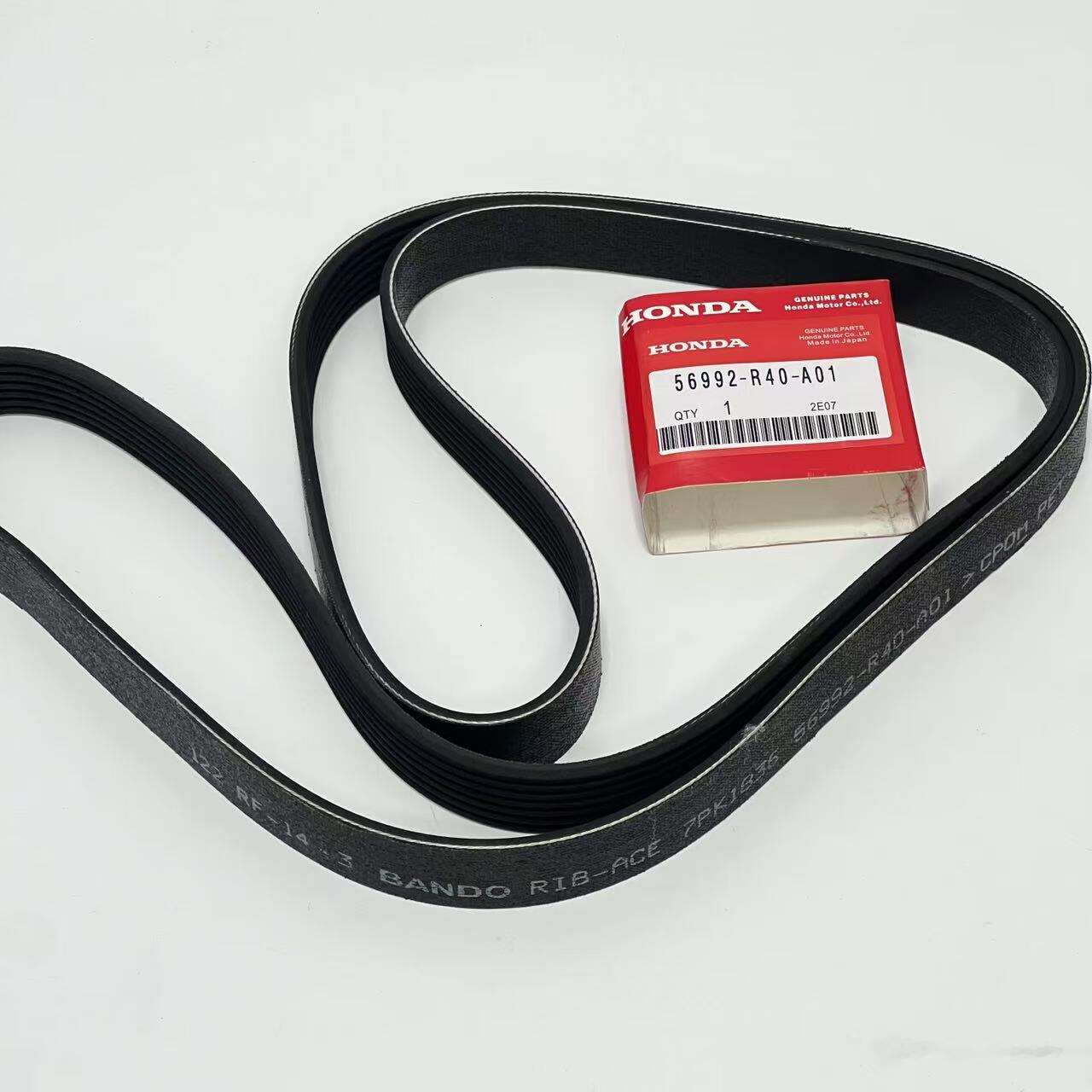changing radiator cap
The changing radiator cap represents a crucial advancement in automotive cooling system technology, serving as more than just a simple seal for the radiator. This innovative component maintains optimal pressure within the cooling system while allowing for pressure relief when necessary. Modern changing radiator caps typically operate at pressures between 13 and 16 PSI, enabling the cooling system to function at higher temperatures without boiling. The cap features a sophisticated dual-spring mechanism that controls both pressure release and coolant recovery. When engine temperatures rise, the primary spring maintains system pressure until a predetermined threshold is reached, at which point it releases excess pressure to prevent damage. The secondary spring manages the vacuum effect during engine cooling, allowing recovered coolant to return to the system. This sophisticated design incorporates high-grade materials, including temperature-resistant rubber seals and corrosion-resistant metal components, ensuring long-term durability and reliable performance. The cap's precision engineering allows it to respond quickly to pressure changes while maintaining a secure seal under normal operating conditions.


